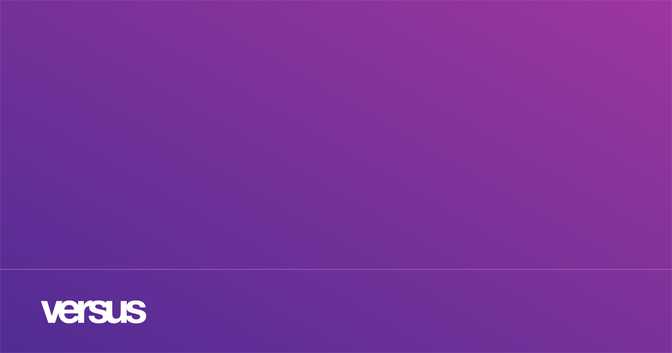

The difference between proportional and tabular is best explained in this diagram: fixed width or monospaced numerals) rather than proportional. The best fonts to use in tables are those with “tabular figures” (a.k.a. Traditionally, many designers would use serif fonts for the text and sans-serif type for the numbers (or tabular info). Fonts for Annual ReportsĪnnual reports are both text and number-heavy so it’s essential the right font families are chosen. With this in mind, here are my suggestions for the best fonts for finance collateral and marketing. The obvious factor to consider with finance is that the typefaces need to work well with numbers. I even spent several weeks creating my own typeface using Fontographer and learned first-hand how much work is involved creating a useable, legible font.Įvery industry tends to have familiar trends when it comes to fonts and Financial Services is no different, with some popular typefaces being used across banking, insurance and asset management.

Fonts really matter!Īfter studying graphic design at college, I spent many years creating print-based reports and brochures for financial companies as well as websites and other marketing materials. Seems like this was a popular discussion and something that many people who work in finance can relate to. I was surprised to find there were 33 comments and many people had gone into real detail specifying the preferred font, size, color and other settings that they use in their work. I recently stumbled upon a discussion on LinkedIn for a group called “Financial Modelling in Excel” where I noticed an analyst had enquired which fonts people preferred using in financial spreadsheets.


 0 kommentar(er)
0 kommentar(er)
